The winter season in Bengal brings with it a unique charm, particularly in the villages where the agricultural landscape flourishes during this time. It is the season of harvest, and the village markets become a vibrant display of fresh, raw vegetables. These markets are not merely places of commerce, but they represent the heart of rural Bengal, offering a glimpse into the traditions, culture, and lifestyle of the people. The winter raw vegetable market in a Bengal village is a sensory experience, filled with colors, smells, sounds, and stories.
The Setting of the Village Market
In the villages of Bengal, especially during the winter months, the markets are bustling with life. The market is typically set up in an open space, often near the village center or by the roadside, where farmers and vendors from nearby areas gather to sell their produce. As dawn breaks and the chill of winter envelops the village, vendors arrive with baskets, carts, and sometimes even bullock carts, loaded with freshly harvested vegetables.
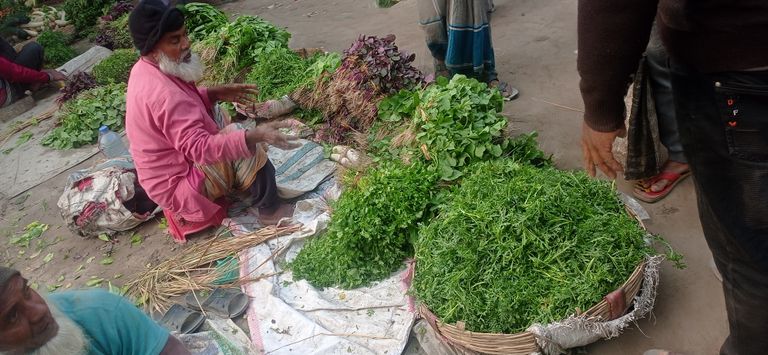
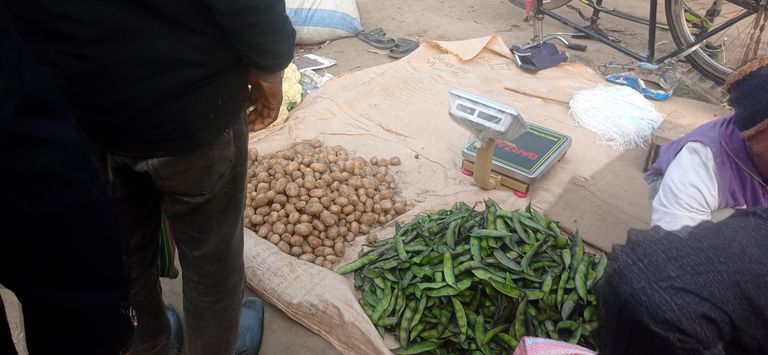
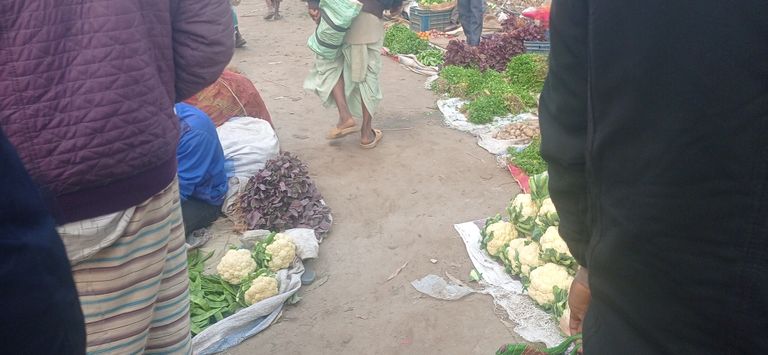
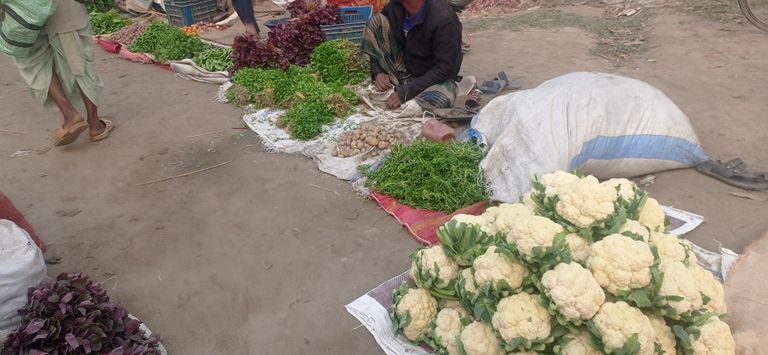
The backdrop of these markets is usually a rural setting, with mud houses and fields stretching beyond the horizon. As the sun rises, the market begins to come alive with a mix of sounds: the chatter of vendors negotiating prices, the haggling of customers, and the occasional clink of coins. The air is cool, and the ground is often damp with the morning dew, adding to the fresh, earthy aroma that surrounds the market.
The Variety of Vegetables on Offer
Winter is the season when the fields of Bengal yield an abundant variety of vegetables, and the village markets reflect this bountiful harvest. The tables are laden with an array of fresh, colorful produce, each more enticing than the last. Some of the most common vegetables found in these markets include cauliflower, cabbage, spinach, carrots, radishes, peas, potatoes, sweet potatoes, and gourds like bottle gourd and pumpkin. Along with these, seasonal greens like mustard leaves, spinach, and lal shaak (red spinach) also make their way into the market
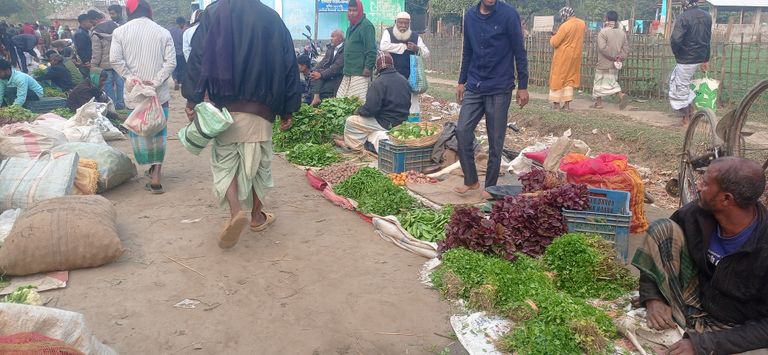
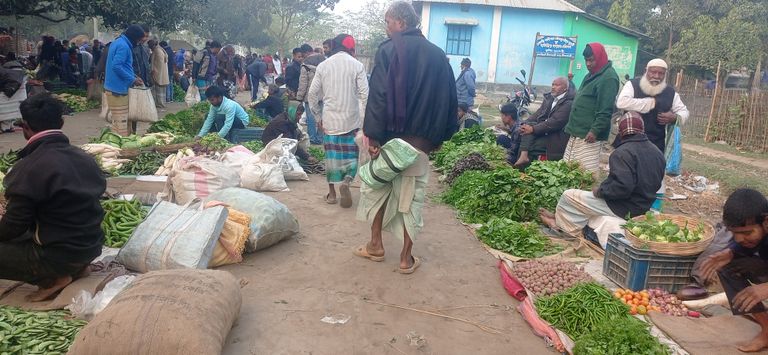
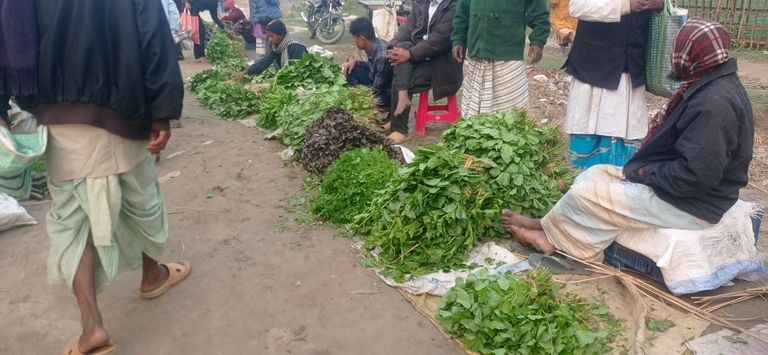
One of the unique aspects of these village markets is the emphasis on locally grown produce. Unlike urban markets where vegetables may be sourced from various regions, the items sold in these rural markets are primarily grown in the nearby fields. The freshness of these vegetables is undeniable, as they are often harvested just a few hours before being displayed for sale. This contributes to their vibrant colors and crisp textures, offering a contrast to the often less fresh produce available in urban supermarkets.
The Art of Bargaining
A visit to the winter vegetable market in a Bengal village is incomplete without witnessing the lively bargaining that takes place. Bargaining is not only a way to get the best price but is also a cultural practice embedded in the daily life of the villagers. The art of haggling is passed down from generation to generation, and it often becomes a friendly exchange between the vendors and the buyers. The prices of vegetables vary based on quality, quantity, and sometimes even the mood of the vendor.
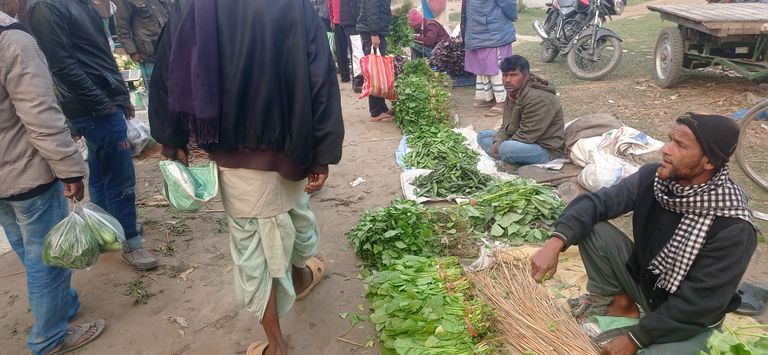
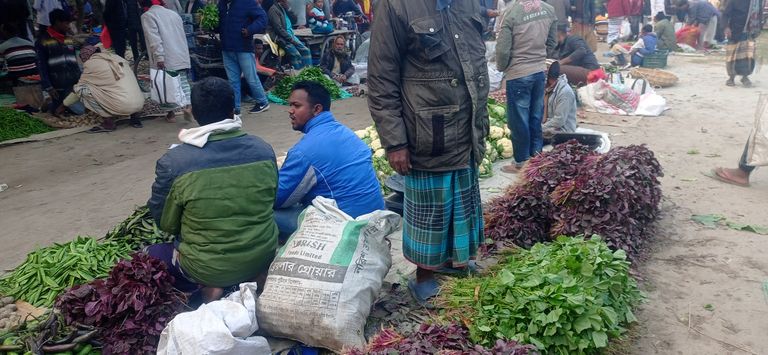
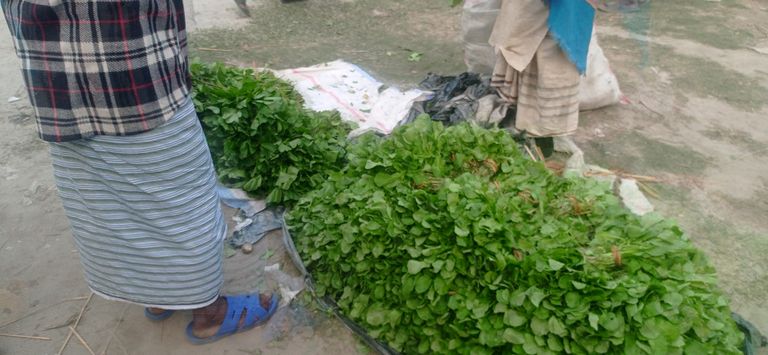

People, primarily housewives and cooks, are seen negotiating fiercely but with respect. The elderly women, draped in sarees with a bag of coins in hand, haggle with the vendor over the price of a bundle of radishes or a kilo of peas. The vendors, who are often farmers themselves or local middlemen, display their produce with pride, trying to ensure that their vegetables are deemed the freshest and most desirable.
The Significance of Seasonal Vegetables
The vegetables sold in the winter markets are not just a part of daily sustenance, but they also hold cultural and culinary significance. In Bengal, winter is synonymous with feasts and celebrations. The food prepared during this time reflects the seasonal harvest, with an emphasis on fresh vegetables, mustard oil, and spices. Dishes like ‘shorshe bata maach’ (fish in mustard sauce), mixed vegetable curries, and winter-specific delights like ‘patishapta’ (a Bengali dessert) are common on the dining tables.
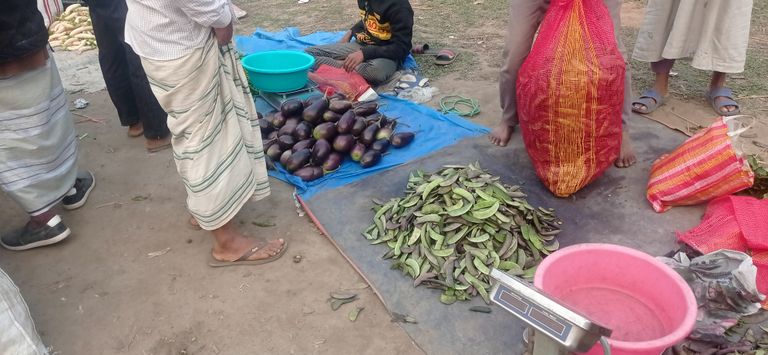
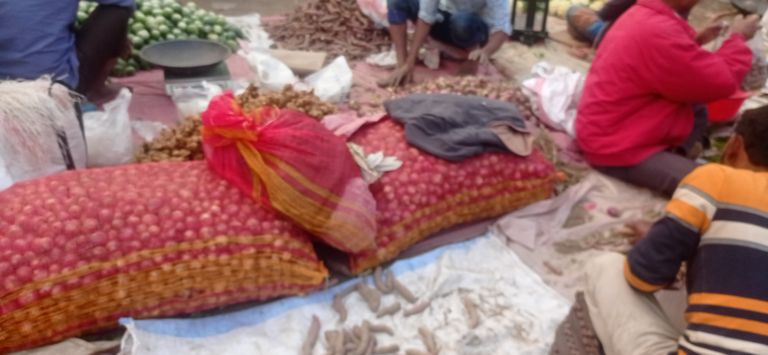
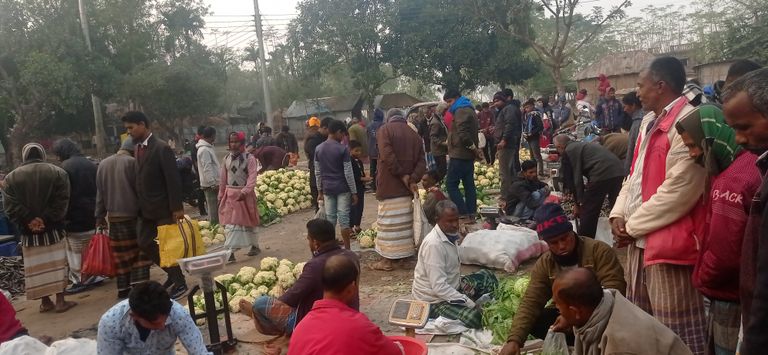
Vegetables like cauliflower and cabbage are used in a variety of traditional Bengali recipes. They are often combined with peas, potatoes, or mustard greens to create delicious curries or stir-fries. The abundance of root vegetables like carrots, radishes, and sweet potatoes are cooked into soups, stews, and salads that are perfect for the winter chill.
The Role of Community and Culture
Beyond their economic function, these markets play a vital role in the social fabric of the village. The village market serves as a place where people come together, not just to buy and sell but to share news, exchange stories, and strengthen community ties. It is where the old and young, men and women, interact, discuss the day’s happenings, and participate in the life of the village.
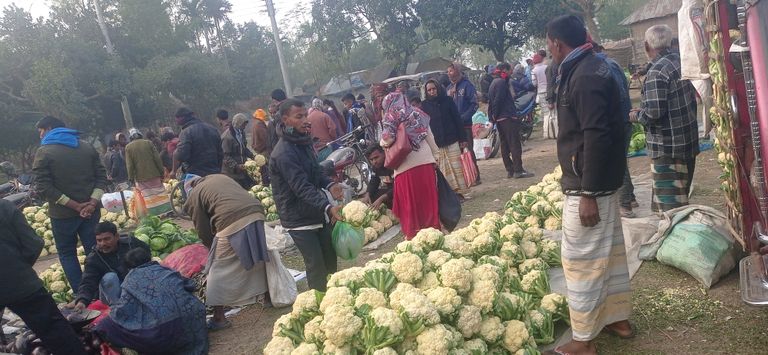
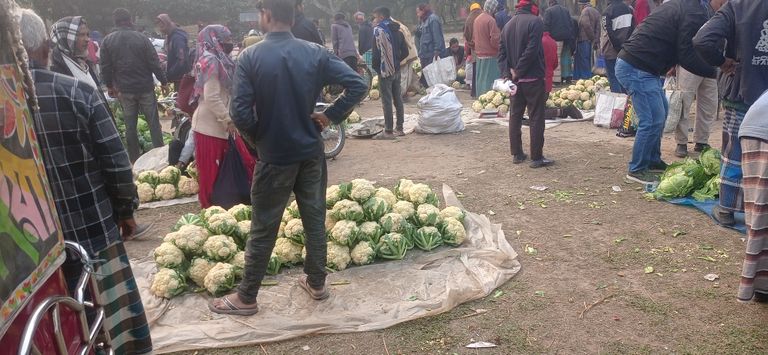
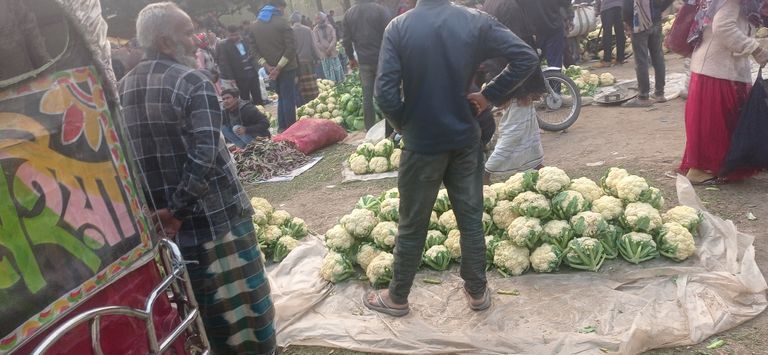
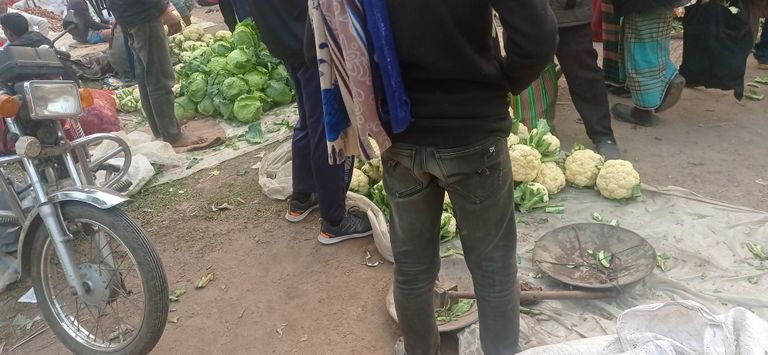
In a Bengal village, the winter vegetable market also serves as a reminder of the deep connection between the people and the land. It reflects a lifestyle that is still closely tied to agriculture, with people depending on the natural cycles of the seasons for their livelihoods. The arrival of winter vegetables in the market is an event of significance, marking the culmination of months of hard work in the fields.
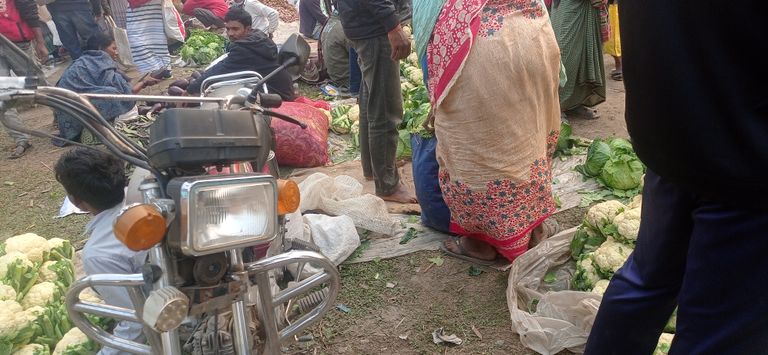
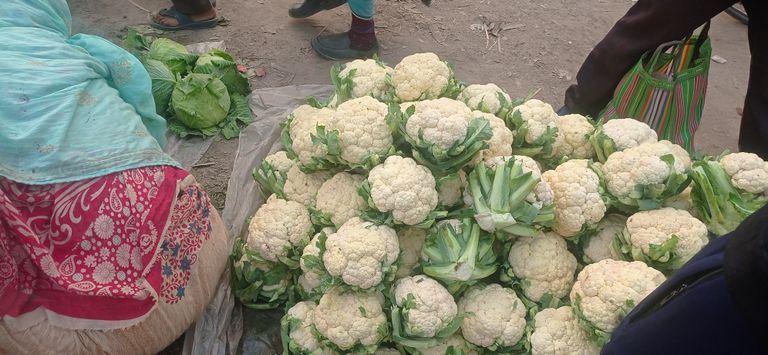
The winter raw vegetable market in a Bengal village is a lively and essential part of rural life. It is a space that celebrates the bounties of the season, fosters community interaction, and preserves the traditions of the region. The vibrant colors, the freshness of the produce, the sounds of bargaining, and the aroma of the vegetables make it a sensory experience like no other. In many ways, the market is not just a place of commerce; it is a reflection of the deep-rooted agricultural culture of Bengal, where food, tradition, and community come together.
Thanks for vusite my blog.